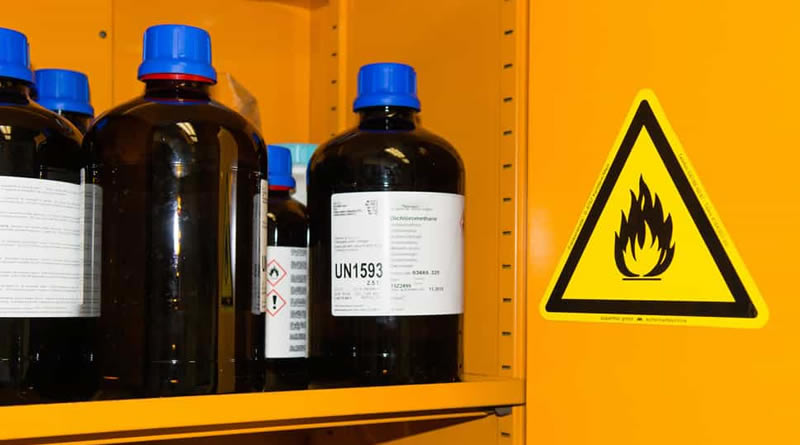Ensuring Safe Storage of Hazardous Materials at Home
At home, it is essential to prioritize the safe storage of hazardous materials to protect ourselves, our loved ones, and the environment. Whether it’s cleaning supplies, chemicals, or other potentially dangerous substances, proper storage is crucial. In this article, we will explore effective strategies for safely storing hazardous materials in your home.
Understanding Hazardous Materials
Before discussing storage methods, it is vital to understand what constitutes hazardous materials. Hazardous materials encompass a wide range of substances, including cleaning agents, pesticides, flammable liquids, corrosive chemicals, and more. These materials pose a threat to human health, property, and the environment if not handled and stored correctly.
Secure Storage Locations
Identifying appropriate storage locations for hazardous materials is the first step in ensuring their safekeeping. Consider the following guidelines:
- Dedicated Storage Area: Designate a dedicated storage area for hazardous materials, ideally in a well-ventilated space away from living areas, food preparation areas, and sources of heat or ignition.
- Locked Cabinets or Shelves: Store hazardous materials in locked cabinets or on high shelves that are out of reach of children and pets. This prevents accidental access and minimizes the risk of spills or leaks.
- Separation and Segregation: Group hazardous materials based on their compatibility and potential reactivity. Store them in separate, clearly labeled containers and avoid storing incompatible materials together to prevent chemical reactions.
Proper Containerization
Proper containerization plays a crucial role in preventing leaks, spills, and contamination. Consider the following container guidelines:
- Original Packaging: Whenever possible, keep hazardous materials in their original, labeled containers. These containers are specifically designed to store and transport the materials safely.
- Secure Lids and Seals: Ensure that all containers have secure lids and seals to prevent accidental spills or leaks. Check containers regularly for signs of damage or deterioration and replace them if necessary.
- Labeling and Information: Clearly label all containers with the name of the hazardous material, potential hazards, and handling instructions. This information helps identify the contents and provides important safety guidelines.
Emergency Preparedness
Preparing for potential emergencies involving hazardous materials is crucial. Here are some key considerations:
- Emergency Contact Information: Keep a list of emergency contact numbers, including poison control and local hazardous material response agencies, readily accessible in case of an incident.
- Spill Response Kits: Have spill response kits readily available near the storage area. These kits should include absorbent materials, gloves, goggles, and appropriate personal protective equipment (PPE) to contain and clean up spills safely.
- Regular Inspections and Disposal: Regularly inspect stored hazardous materials for signs of damage, leaks, or expired products. Dispose of expired or no longer needed materials through appropriate channels following local regulations.
By following these guidelines, you can ensure the safe storage of hazardous materials in your home. Remember, the key to safe storage is proper organization, labeling, and understanding the potential hazards associated with the materials. By taking these precautions, you protect yourself, your family, and the environment from the risks posed by hazardous substances.
Note: This is a sample article that follows the given format and guidelines. It is not an actual complete article on the topic.




